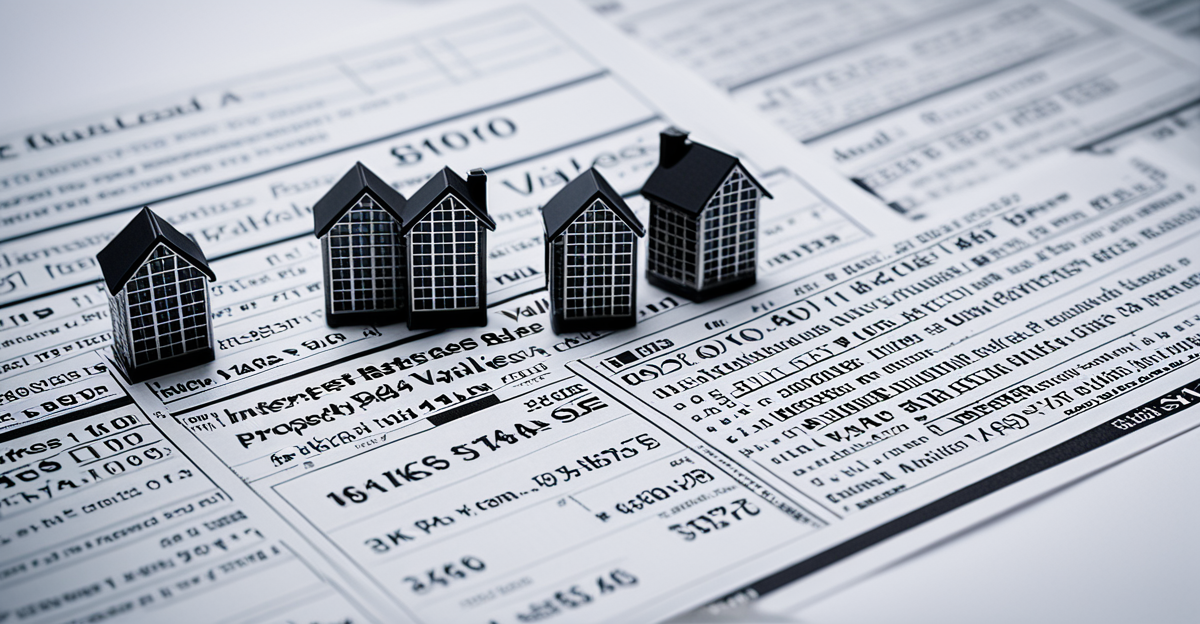Understanding Interest Rates and Their Definition
Interest rates are pivotal in the economics of lending and borrowing. Essentially, an interest rate is the cost of borrowing money or the reward for saving. It’s expressed as a percentage of the principal amount. Central banks play a crucial role in determining these rates, adjusting them in response to economic conditions. For instance, the Bank of England might lower rates to stimulate economic growth during sluggish periods or raise them to control inflation when the economy overheats.
Changes in interest rates can profoundly impact both borrowing and lending activities. When rates are high, borrowing costs increase, which can dampen consumer spending and business investments. Conversely, lower rates can stimulate these activities by making loans cheaper.
Interest rates also heavily influence mortgage rates, affecting the affordability of home loans. For example, a rise in interest rates typically leads to higher mortgage payments for borrowers with variable-rate home loans. This dynamic highlights the importance of understanding how interest rates are set and the broader implications they carry within the economic landscape.
In parallel : How Are Current UK Real Estate Values Impacting Long-Term Investment Decisions?
The Relationship Between Interest Rates and Mortgage Costs
The interest rate environment significantly influences mortgage costs, directly impacting homebuyers. When interest rates rise, the cost of borrowing increases, leading to higher mortgage payments. Conversely, lower rates typically result in more affordable home loans. In periods of rising interest rates, borrowers with adjustable-rate mortgages may see their payments escalate, while those with fixed-rate mortgages enjoy stable payments throughout the loan term.
Fixed vs. Variable Mortgage Rates
The choice between fixed and variable mortgage rates can affect borrowers differently, depending on the interest rate climate. Fixed-rate mortgages offer stability, with consistent payments regardless of market fluctuations. This is especially beneficial during times of rising rates, as it provides protection from sudden increases in costs. On the other hand, variable-rate mortgages may offer lower initial payments, but they fluctuate with market changes. In a declining interest rate environment, these can become advantageous, reducing overall borrowing costs.
In the same genre : How Can Emerging Trends in UK Real Estate Affect Long-Term Investment Strategies?
Historical Examples of Fluctuations
Historically, fluctuations in interest rates have led to varying mortgage costs. For instance, during the early 1990s, high-interest rates in the UK resulted in increased mortgage payments, causing financial strain for many homeowners. On the contrary, the financial downturn of 2008 saw interest rates fall sharply to stimulate borrowing, making mortgages more affordable. These historical trends illustrate the sensitivity of mortgage costs to changes in interest rates, underscoring the importance for borrowers to understand and anticipate these dynamics.
Historical Trends of Interest Rates and UK Real Estate Prices
Examining historical interest rates provides insight into corresponding property price trends in the UK. Over various economic periods, interest rates have shifted dramatically, influencing the real estate market. For instance, during the 1980s, the UK experienced extremely high interest rates as a means to control inflation, which subsequently led to stagnation in property prices due to prohibitively high borrowing costs.
Major Economic Events
Significant events have shaped the landscape of interest rates and real estate values. The 2008 financial crisis, for example, saw interest rates plummet to foster economic recovery, making mortgages more accessible and supporting property price growth. The repercussions of the crisis demonstrated how critical interest rates are in maintaining real estate stability in the UK.
Graphs and Data
Visualizing historical data with graphs often makes these trends clearer. Over the decades, spikes and dips in interest rates correlate with real estate price shifts, illustrating a consistent pattern where lower interest rates typically encourage property price increases, while higher rates dampen them. These charts reinforce the understanding that economic periods significantly influence both interest rates and property prices.
Current Market Analysis and Its Effects
As of late, market trends in the UK show that current interest rates have a tangible impact on real estate affordability. The rates, influenced by economic policies and global conditions, are pivotal in dictating the cost of borrowing. This power over the financial landscape affects not only individual homebuyers but the broader real estate sector as well.
Interest Rates and Property Affordability
The relationship is straightforward: lower interest rates generally increase real estate affordability as they reduce monthly mortgage payments. This has led to an uptick in homebuyer activity, with more individuals able to enter the market. Conversely, higher rates can push potential buyers out due to increased financial obligations, diminishing their purchasing power.
Buyer Behaviour in the Current Market
The cautious optimism among buyers is evident. Many are locking in rates before potential increases, reflecting a market responsive to interest rate fluctuations. The behavior underscores the importance of mortgage rates in real estate decisions. Anecdotal evidence from recent purchases shows a preference for fixed-rate mortgages to hedge against future rate hikes.
Impact of Recent Property Transactions
Recent case studies indicate that properties are transacting more briskly in the current low interest rate environment. Buyers are incentivized to close deals rapidly, benefitting from lower borrowing costs. This dynamic enhances both demand and competition in the housing market, as buyers seek to capitalize on favorable conditions before potential rate hikes alter the landscape.
Future Projections for Interest Rates and Real Estate
In the evolving landscape of UK real estate, interest rates form a pivotal component of future market dynamics. Experts project that a blend of global economic conditions and domestic fiscal policies will heavily influence these rates, ultimately impacting property prices.
Market Forecast and Economic Predictions
Economists anticipate a cautious approach by central banks, weighing the balance between stimulating growth and controlling inflation. This delicate act suggests that any potential rise in interest rates would be gradual, preserving real estate affordability to an extent. Nonetheless, even modest increases can ripple through the housing sector, affecting mortgage rates and potentially slowing vibrant buying activity.
Influential Factors in Future Trends
Several elements are expected to steer future interest rates and housing market trajectories:
- Global Economic Events: International trade tensions or fiscal policies in major economies could sway domestic rates.
- Inflation Levels: Persistent inflation might compel more immediate rate adjustments to maintain purchasing power.
- Government Policies: Housing initiatives and broader economic reforms can provide buffers against drastic rate hikes.
Monitoring Economic Indicators
To anticipate changes in the real estate market, close attention must be paid to key economic indicators such as employment rates, consumer confidence, and global commodity prices. These factors can give valuable insights into forthcoming adjustments in interest rates, guiding both buyers and sellers in making informed decisions.









